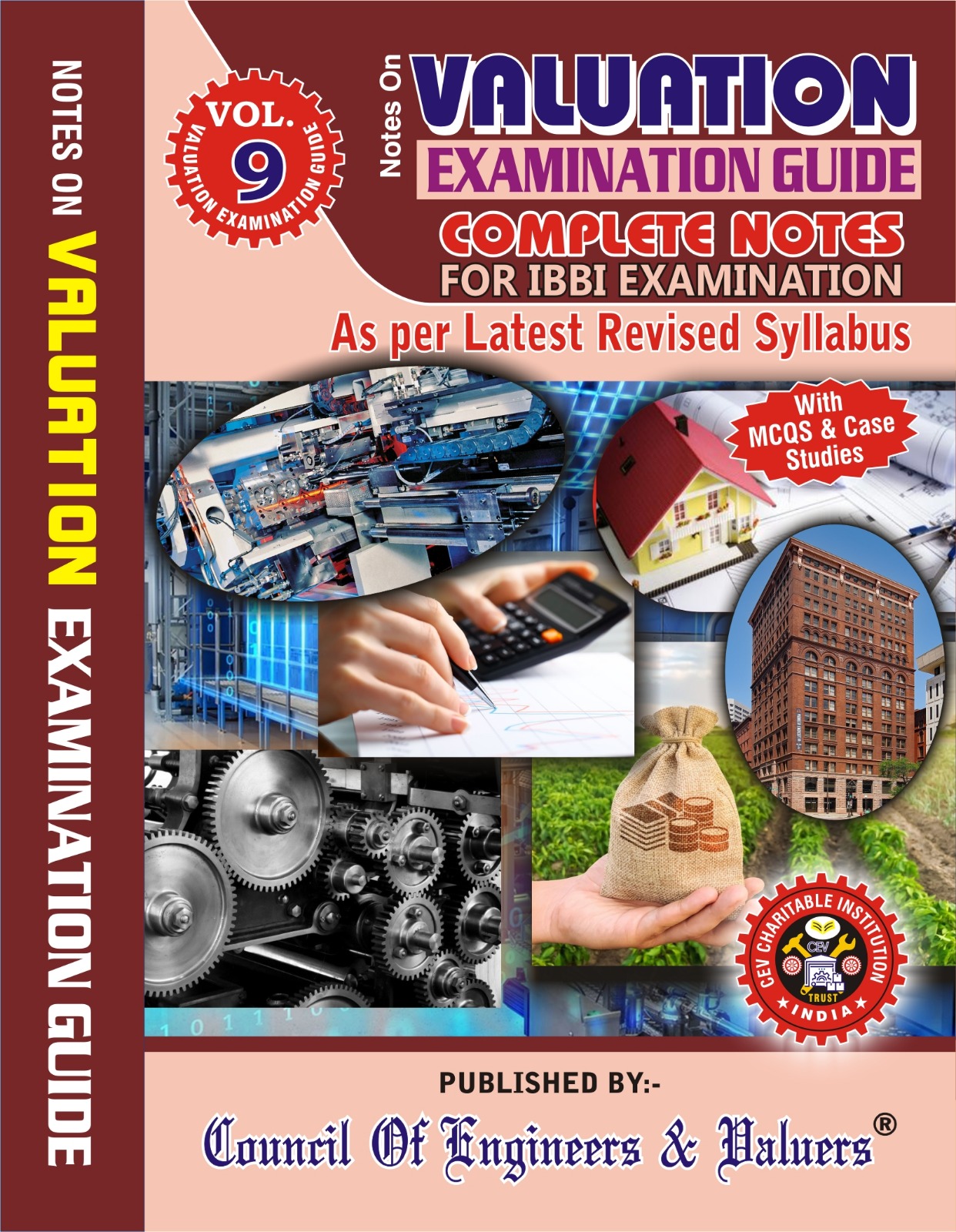Saturday Brain Storming Thought (255) 28/12/2024
ANCILLARY OR FUNGIBLE FSI
Ancillary or Fungible FSI is the additional FSI over and above the basic permissible FSI (including basic FSI, premium FSI and TDR loading) that the developer can opt for by paying a premium
Residential Development
Ancillary FSI – upto 60% of permissible FSI
Non-residential Development
Ancillary FSI – upto 80% of permissible FSI
Rate of the premium ranges between 10% to 15% of ASR land rates depending upon the type of city/area
Ancillary FSI benefit to Developer
Ancillary FSI index benefits developers by providing them with greater flexibility in land use, allowing them to optimise the available space in a project
Impact of Ancillary FSI on the Environment
The use of Ancillary FSI can have positive and negative impacts on the environment
It can promote efficient land use and reduce the need for additional land acquisition, thereby reducing the impact on natural habitats
If Ancillary FSI is not used responsibly, it can also lead to overbuilding and increased pressure on natural resources
Ancillary FSI concept in India
Ancillary or Fungible FSI concept was first introduced in Mumbai in 2012, and has since been adopted by several other cities and states across the country
Regulations governing the use of Ancillary FSI
The exact rules and regulations may differ from one location to another, but they typically cover aspects such as the transfer of FSI, the calculation of FSI and the penalties for misuse
Can Ancillary FSI be sold or purchased?
No
Ancillary or Fungible FSI cannot be sold or purchased
It can only be transferred from one area of a project to another, provided the local government has approved its use
Ancillary Area
Common areas such as lift lobbies, staircases, flower beds, watchman cabin, servants quarters, garage store rooms, pump rooms, covered parking etc are considered as Ancillary areas
FSI consumed in these areas is known as Ancillary FSI
Examples of Ancillary Area
An ancillary area of a building is an area that supports the functions of the primary areas
Ancillary area is not part of the primary purpose of the building, but is required in order that the the primary purpose can function
1) Plant rooms
2) Cleaners rooms
3) ICT rooms
4) Building services rooms
5) Storage rooms
6) Circulation spaces
In Shared buildings an Ancillary area might support more thannone occupant ie a shared kitchen, meeting spaces, utility areas and so on
In an office setting ancillary spaces are communal, unassigned spaces that can include areas like cafes, lounges, outdoor spaces, private enclaves and other collaborative spaces
Ancillary components in construction
An Ancillary element is an item that has been attached to apart of the building (in our case external wall) that is not a component of the wall or required to complete the wall
Rise of Ancillary Spaces
In recent years, ancillary spaces have seen a dramatic rise in workplace environments around the world
1) With rise in mobile technology, people can work anywhere, anytime, taking their electronic devices with them
2) Technology allowing companies to shrink employees personal workspaces
Ancillary Land
Ancillary Land, in relation to a building, means any land intended to be occupied and enjoyed together with the building
Cost of Ancillary FSI
15% For Pune and Thane Municipal Corporation
10% For Nagpur, Nashik Corporation and others
Factors considered by Government to decide FSI
1) Current population of city
2) Population growth
3) Infrastructure
If infrastructure is low then FSI is low, otherwise there shall be load on current infrastructure like transport, water supply, electricity supply etc
If the FSI increases the population density also increases which means maximum accomodation in minimum space ie Vertical development and low FSI means horizontal development
COMPILED BY:-

Er. Avinash Kulkarni
9822011051
Chartered Engineer, Govt Regd Valuer, IBBI Regd Valuer



